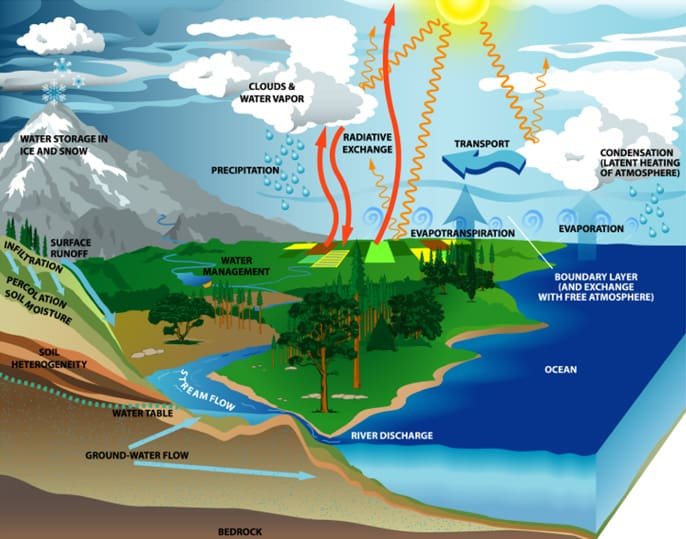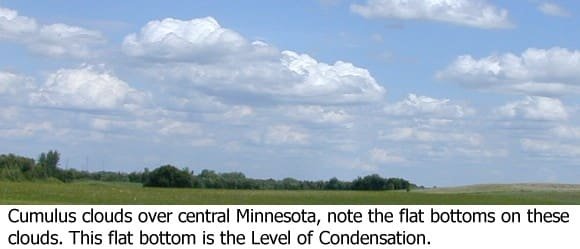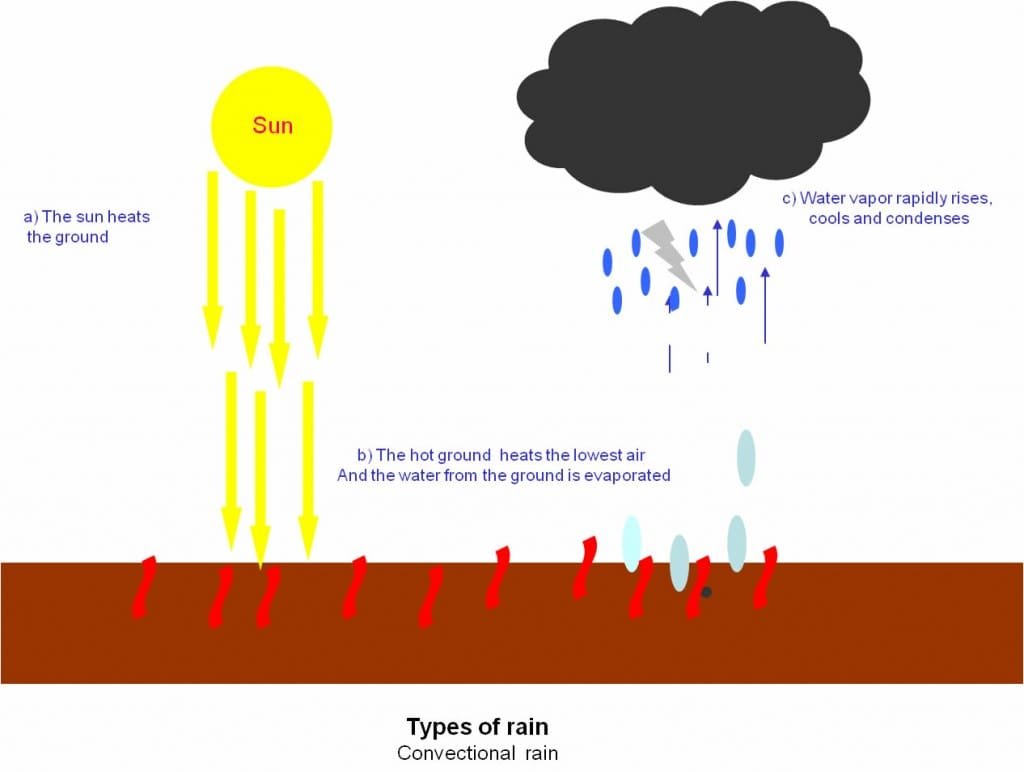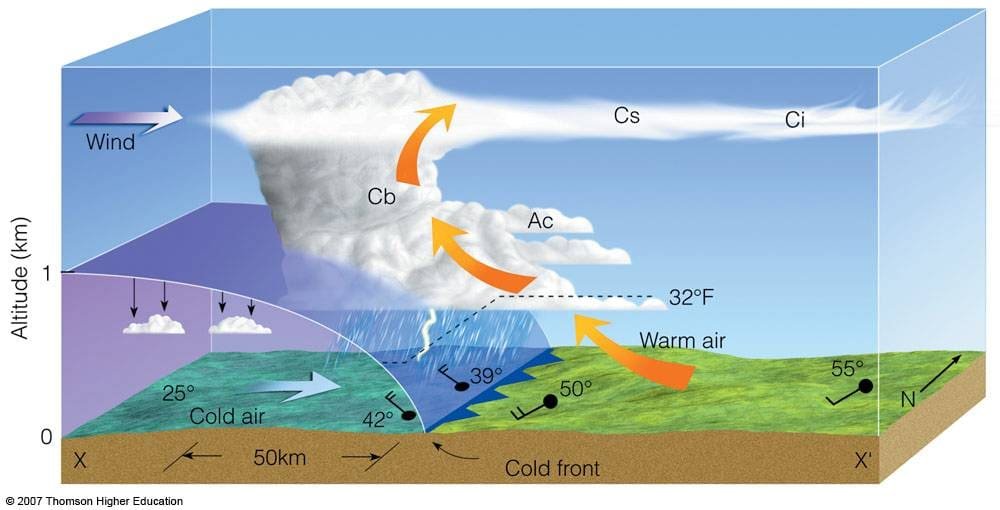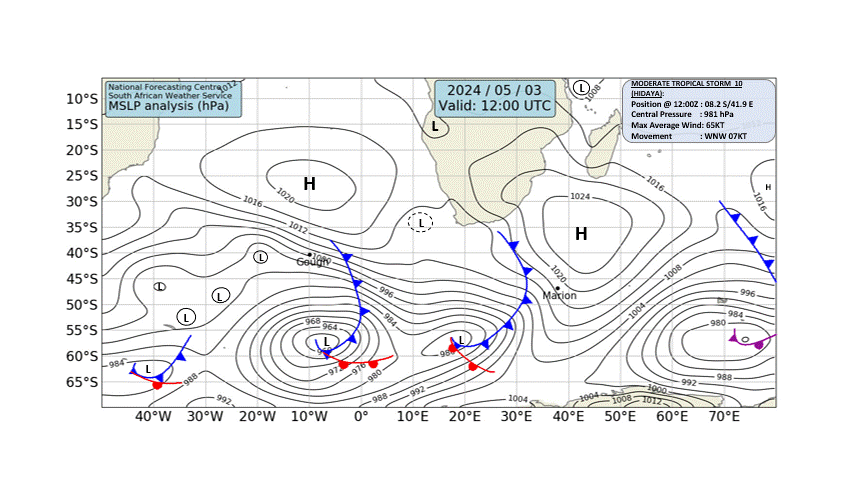1. Water in the atmosphere in different forms, such as water vapour and liquid. 2. Processes associated with evaporation, condensation and precipitation.
The atmosphere isn’t just made up of air but also contains water vapour. This water vapour, which makes up less than 0.001% of all the water on the Earth, is invisible. This tiny amount of water in the air is really important to our climate. When water vapour condenses onto tiny particles in the atmosphere, clouds form.
3. The concepts of dew point, condensation level, humidity, relative humidity – factors affecting relative humidity.
Dew point temperature is the temperature at which condensation takes place Clouds usually have a flat base because as air rises it cools, and dew point temperature is reached at that height.
Condensation level is the point at which rising air will cool to dew point, condense, and form clouds.
Relative humidity is the amount of water vapour in the air relative to how much water vapour the air can hold. Relative humidity is expressed as a percentage. If air has an RH of 80%, it is more saturated (wet) than air of an RH of 30%
4. How and why clouds form.
5. Cloud names and associated weather conditions.
6. Different forms of precipitation – hail, snow, rain, dew and frost.
7. Mechanisms that produce different kinds of rainfall – relief, convectional and frontal and reading and interpreting Synoptic Weather Maps.
7.1 Relief rainfall
7.2 Convection rainfall
7.3 Frontal rainfall
7.4 Synoptic Weather Maps
Today’s Synoptic Chart
8. Weather elements: temperature, dew-point temperature, cloud cover, wind direction,wind speed and atmospheric pressure.
| Weather Element | Description | How it is measured | Unit of measure | Instrument |
|---|---|---|---|---|
| Temperature | How hot or cold it is | Thermometer | Degrees Celsius (°C) | |
| Precipitation | Moisture from the sky | Rain Gauge | Millimetres (mm.) | |
| Dew-point temperature | The temperature condensation will take place | Hygrometer. | Degrees Celsius (°C) | |
| Cloud cover | The amount of cloud in the sky | Observed by a meteorologist | Oktas - eighths of the sky | |
| Wind direction | Where the wind is blowing FROM | Wind Vane | Points of the compass (north, north-west etc), or bearing in degrees | |
| Wind speed | How fast the wind is blowing | Anemometer | Knots, or by the Beaufort Scale | |
| Atmospheric pressure | The "weight" of the air pushing on the surface of the Earth | Barometer | Hectopascals (although most people know it as millibars) |
9. Weather conditions: rain, drizzle, thunderstorms, hail and snow, as illustrated on station models.
Most reporting in the 21st century are electronic. Below is the weather for Sutherland in the Northern Cape; the coldest place in South Africa.
